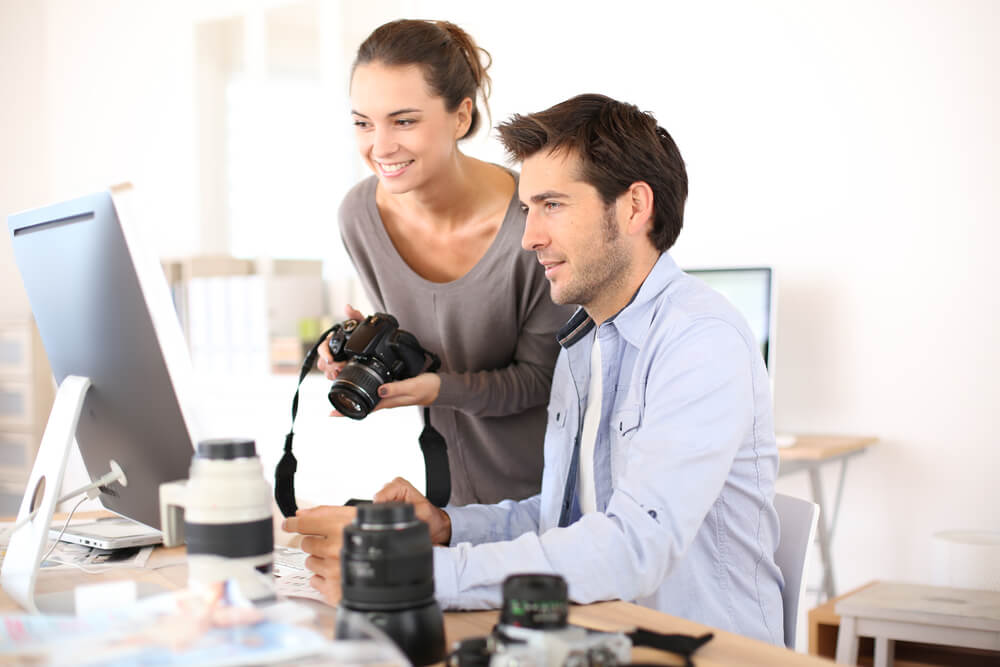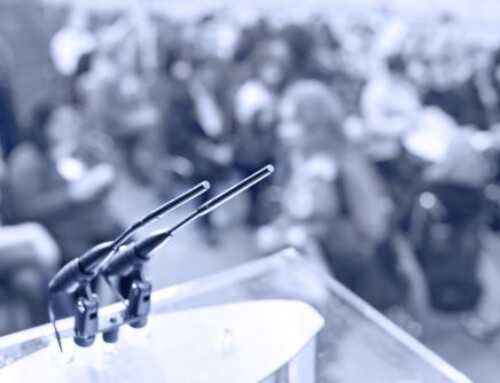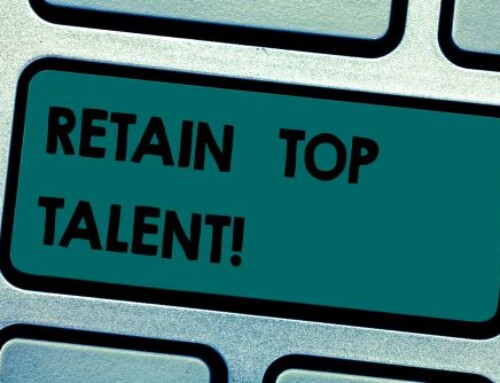Pictures are an essential tool for telling the story of your events, making them look like a home run and giving your target audience a reason to attend the next one. This makes hiring the right photographer critical.
As with any professional relationship, both parties must treat one another with courtesy and respect. The photographer must be able to take art direction and deliver your vision. At the same time, there are certain behaviors you can exhibit that will produce the results you desire and lay the groundwork for future partnerships with good photographers.
Iron Out the Details Upfront
The nitty gritty details may not be the most exciting, but ironing them out first will help prevent unforeseen issues and make the process much easier. Details you should address upfront include:
- Ownership of the photos:
Make the terms of photography ownership and use crystal clear. Points to address include who owns the copyright and whether the product is a work-for-hire or the photographer retains the rights to the pictures taken and if so the terms of use, credit given for use, etc. - Limitations or Restrictions:
Performances by entertainers, landmarks during field trips and logos are among the items that can be off limits depending on the individual situation. For example, photographing the Eiffel Tower in Paris with the lights on, taking photos inside historic landmarks or museums, including brand logos, etc. - Model/Subject Releases:
If the photos will include people it is important to have a conversation about what releases may be required prior to picture taking. The photographer may have a standard release, however this release should be reviewed by your legal team to ensure that the terms are applicable to your event and how you plan to use the images.
Give a Sufficient Amount of Direction
While you do not want to go overboard to the point of micromanaging the photographer, you should make sure you are giving the photographer sufficient direction. This will ensure that you get the desired results and they do not end up feeling frustrated. Points to address are as follows:
- The Kinds of Photos and Shots Desired
Fill the photographer in on the types of photographs needed and how you plan to use them. Examples include shots of the venue before and during the event, images of participants and attendees, pictures of food and décor, candid shots of breakout sessions, candid shots of guest speakers and pictures of related activities and outings.
- Timelines as to When Attendees/Participants Can Utilize Photographer
Specify times when participants and attendees are permitted to request to get their picture taken. It is equally important to give this information to the participants and attendees themselves, as well as presenting them with the dress code.
- Add-on Photography Equipment and Accessories
Be sure to ask questions about backdrops, lighting, filters, angles, etc. Some photographers may have backdrops, lighting and accessories, scaffolding, etc. Others may need help sourcing, or may have partners they can use. Understanding what you need, as well as asking for insight from the photographer will help to prepare and plan for the ideal outcome.
Once you have given the photographer the directions, do not spring any surprises on them unless it is a dire emergency and there is no way around it. If you make last-minute changes, they may not bring all of the equipment required to do the job correctly.
Resist the Urge to Micromanage
There is a big difference between giving directions and micromanaging. The photographer is an experienced professional who knows best how to do their job. Once you have given them the groundwork, you need to sit back and let them work their magic. After all, that is the reason you hired them in the first place.
PRO-TIP: Don’t treat your photographer as a lone ranger during your event. This can be as bad as micromanaging. Instead, brief a team member to assist the photographer during the event can help ensure that things go as smoothly as possible.
Respect the Photographer’s Privacy
It is not the photographer’s responsibility to personally send participants and attendees the pictures taken at the event. Let attendees and participants know well in advance that pictures will be available after the event such as through an online portal, through an app, etc. Never give the photographer’s information to an attendee or participant!
Clue the Photographer in on the Dress Code
Feeling underdressed is especially awkward in a professional setting. Make sure you share the dress code with the photographer so they can dress appropriately. Their professional reputation is as much on the line as yours and a reputable photographer wants to put their best foot forward.
When you follow the tips above, you will cultivate a positive, productive relationship with your event photographers and get the best possible pictures out of the working relationship.
For more information about how Gavel International can help your organization through outsourced meeting planning, event and travel incentive programs, contact us.
This article was last updated on January 10, 2024
- 5 Ways to Build a Productive and Participatory Meeting Culture - March 31, 2025
- Build a Culture of Curiosity and Solutions-Driven Change - March 17, 2025
- Gavel International Celebrates GMID 2025 - March 14, 2025






